The news of the collapse of honeybee populations in recent years has created much concern about the loss of their ability to pollinate a wide range of plant species. Many of our vegetables and fruits have been highly dependent on pollination by these busy workers. As scientists continue to struggle to find the cause of the honeybee problem, many gardeners and farmers are turning to other means of pollination and Mason Bees are one of the many solutions.
The decline in honeybee populations throughout the world is great cause for concern, and there is much we can (and should) all do help protect these essential pollinators.
However, there is another bee-on-the-block who can be of great help in pollinating a wide variety of crops: meet the Mason bee.
How Mason Bees Differ from Honeybees
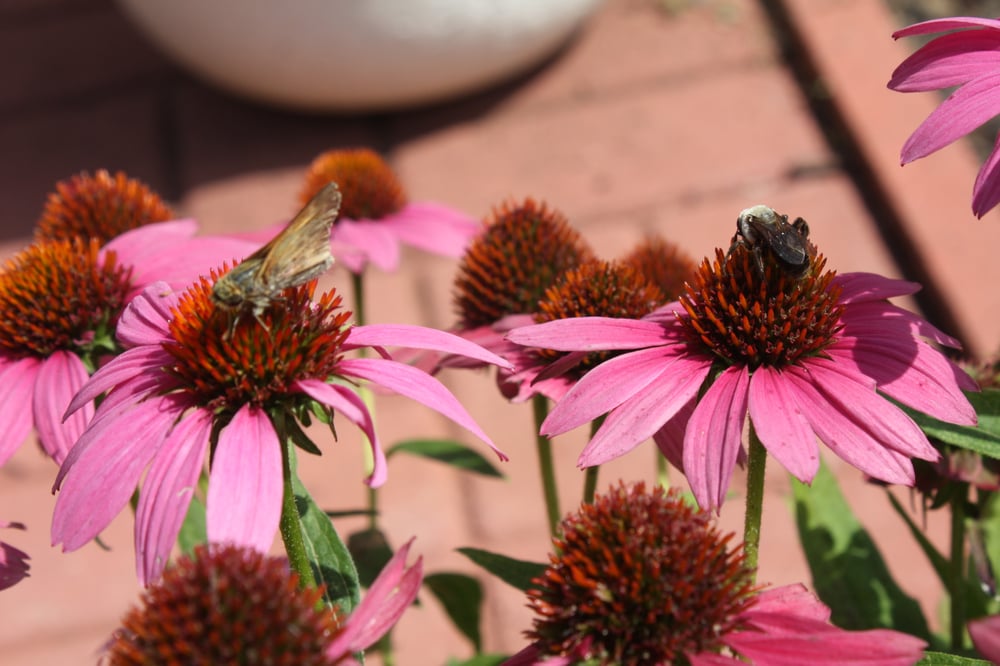
Mason bees differ from honeybees and bumblebees in that they do not depend on a colony for their existence. They do like to nest in close proximity to other Mason bees, but are not competitive.
Unlike honeybees they do not produce honey. Each Mason bee female is fertile, whereas honeybees have a queen in each colony and she produces all the eggs.
Mason bees are members of the genus Osmia of the family Megachilidae. The common name of Mason bee comes from their habit of using mud to seal their nests when it hardens, thus forming primitive "masonry".
There are about 140 species of Mason bees in North America, but one of the most widely used for pollination is Osmia Lignaria, also known more commonly as the Orchard Mason bee or Blue Orchard bee.
Osmia Lignaria females are approximately 10-11mm long and males are 9-10mm. They are much smaller than honeybees which are approximately 15mm or 1/2” to 3/4” long and much fatter.
Mason Bee Life Cycle
Mason bees build solitary nests in various locations and may use any small hollow, especially in wood, to create a nest.
They often use holes created by other wood-boring insects and are not particular in the nesting requirements. The female may have multiple nest sites. She will place pollen and nectar in the hollow and lay an egg on it. The hole will be plugged with mud and then she repeats the process until the cavity is full.
The egg deposited by the female hatches into a larva and eats the pollen/nectar. Once the food is consumed, it spins a cocoon and morphs into a pupa. The entire process may take one to two years, depending on the species. At the end of this time, the adult bee emerges and begins the busy life of propagation and pollination.
In one of the mysteries of nature, the female lays the female eggs near the back of the nest and the males near the front. The males emerge first and then sometimes help to extract the females.
The male has an ulterior motive in extracting the female, for as soon as she emerges, one or more males will mate with her and die within days.
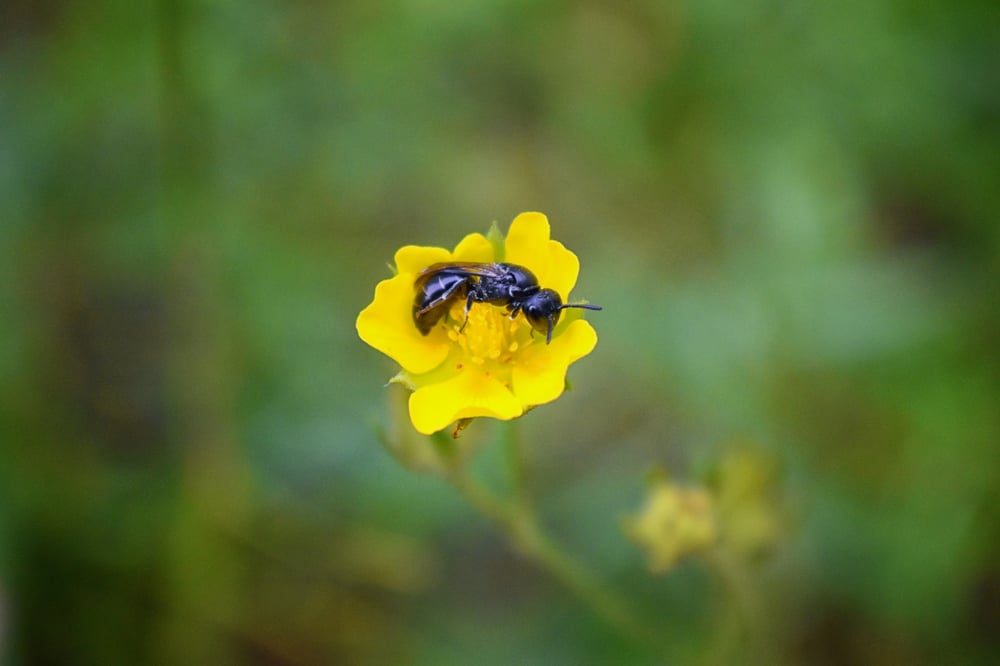
How to Attract and Manage Mason Bees
It is relatively easy to attract Mason bees. They will nest in various types of tubes made of paper or other material and stacked in a framework of wood. Nesting boxes are available commercially and are attractive and small enough to be easy to erect and manage.
How to Make a Mason Bee House
A quick review online will reveal many sources of houses with most in the range of $10 to $30. Most of these consist of paper tubes held in a framework of wood or bamboo. Some are very basic and some are quite ornamental.
If you are handy with woodwork, you can purchase the paper tubes in bulk and build the house to hold them. If you desire, you may even build a house for them by drilling holes in a block of wood.
The paper tubes are approximately 6" long and 8mm in diameter. If you choose to drill holes in a block of wood for a nest, use an appropriately sized drill of approximately 8mm (5/16-3/8" would be a good range). An overhang at the top of the house would be advisable to keep out the rain and the tubes may be tilted toward the front opening to allow any water to drain from them. Each tube will typically hold from 6 to 8 larva.
Place the nest on a tree or the side of a building near your garden, fruit trees or flowers to be pollinated and let them go to work. A south facing direction is a good location choice, as the morning sun will warm the nest and encourage the bees to get to work. It is also a good practice to have open ground or even to create a muddy spot (but not too wet) so bees have access to mud to plug the holes after laying the eggs.
Special clay may be purchased to prepare a mixture for the bees to use, but is not absolutely necessary.
In addition, there are olfactory attractants available that will help to lure wild populations to your houses.
As an example, I have constructed tubes of bamboo and placed them in a can that may be placed in a likely area in the spring. A large diameter PVC tube would also be a good housing for paper or bamboo tubes for mason bees.
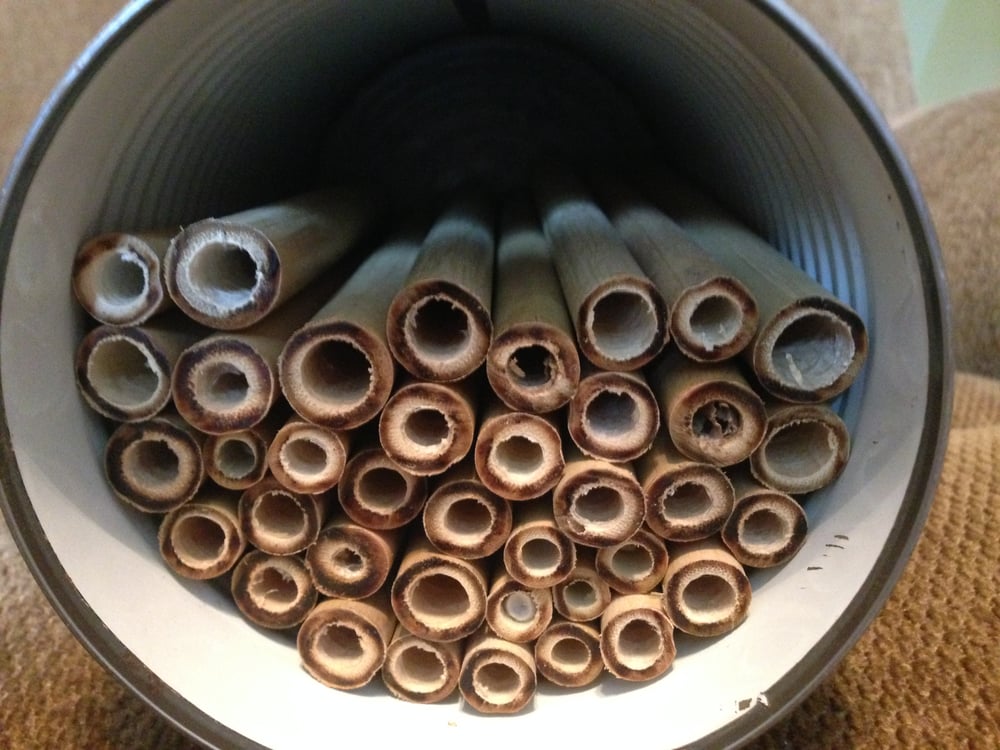
Be sure there are pollen-bearing plants available within 300 feet or the bees may leave the area.
Certain flowers are especially attractive to bees. Several of these are coneflowers (Echinacea), Cranesbill Geranium, Mint, Scabiosa, Salvia, Monarda, Lavender, Aster and Buckwheat.
Learn more in: How to Plant a Pollinator Garden in the South.
Advantages of Mason Bees
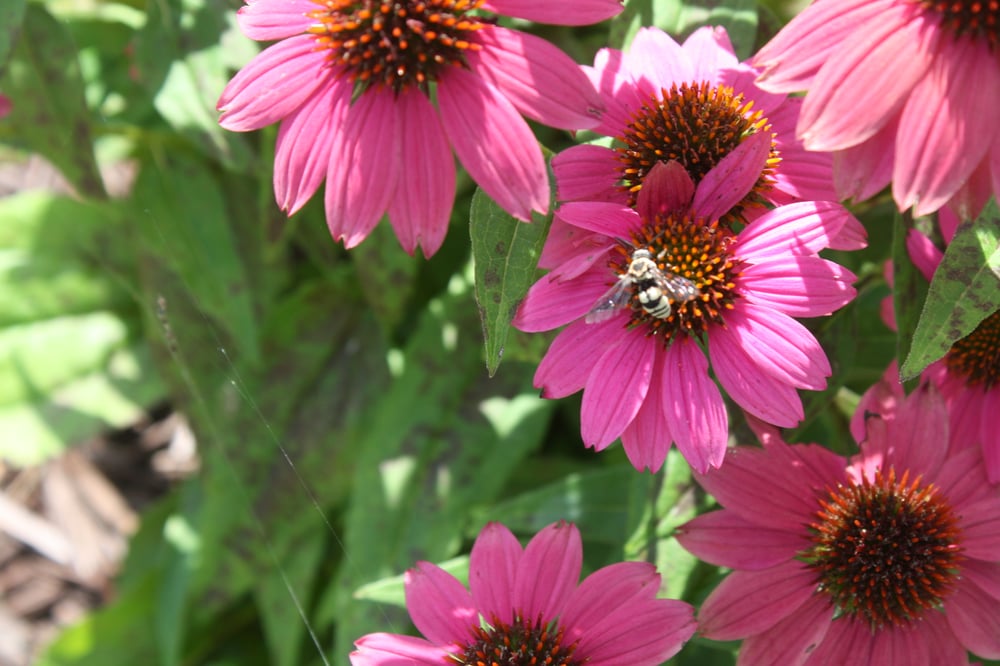
The greatest advantage of Mason bees is that they are great pollinators! They work to secure pollen to feed the larva and in doing so they pollinate the plants that they visit to collect the nectar and pollen.
The bees are easy to attract and if you are in doubt, you can order bees online. They are usually available in the cocoon stage of development.
In addition, there are people who rent Mason bees, although that might be more applicable in areas of intense agricultural activity.
Another advantage of Mason bees is that they are very docile and only sting when under stress, wet or squeezed. Their sting is minor and their stinger is barbless.
As we look about us, we will be surprised to find many other insect pollinators that we did not imagine were involved in this vital process.
Some of these are hoverflies, moths, butterflies, bumble bees, paper wasps and syrphid flies. In addition, some birds such as hummingbirds are good pollinators.
Conclusion
If you are interested in increasing pollination in your vegetable garden, flower garden or fruit trees and are concerned about the loss of honeybees, Mason bees provide a good resource that require minimal management.
A little research online, ordering a few materials or building your own house may be all that is needed to get you where you need to be (on the way to a more abundant harvest).
Plus, these are unique little creatures and very interesting to observe and manage.


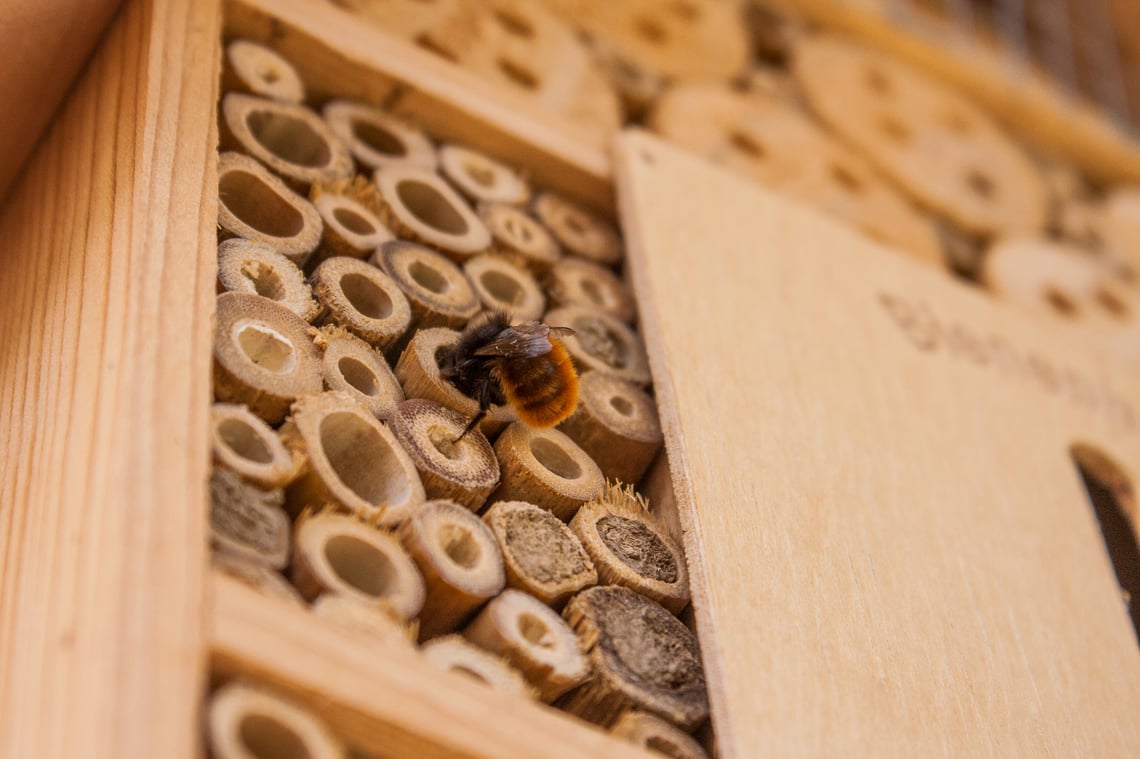
.jpg)




















